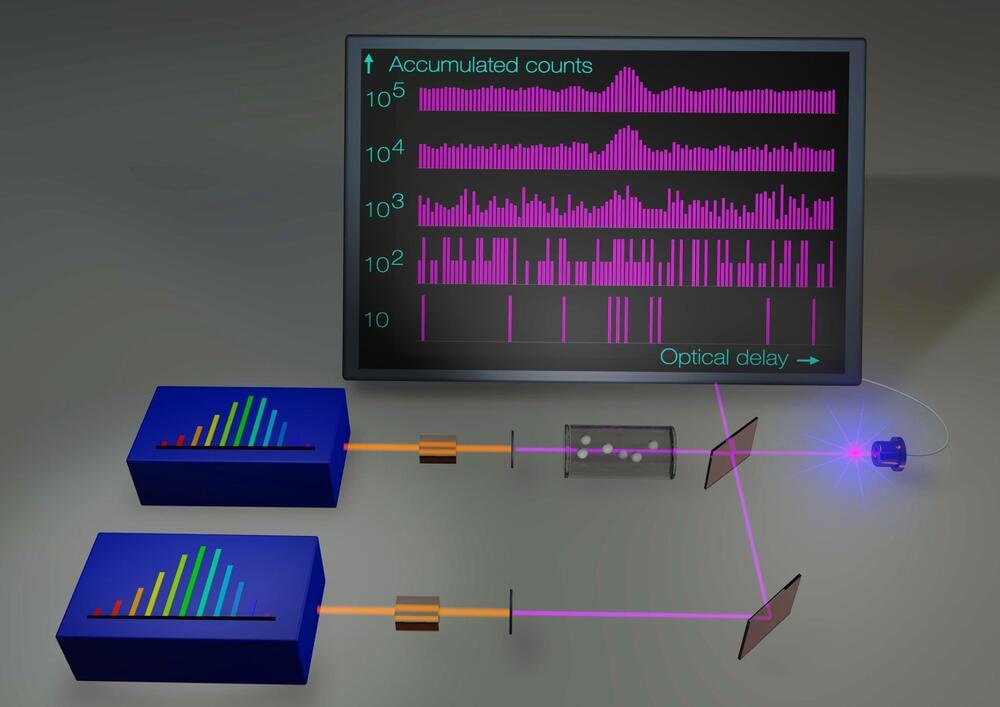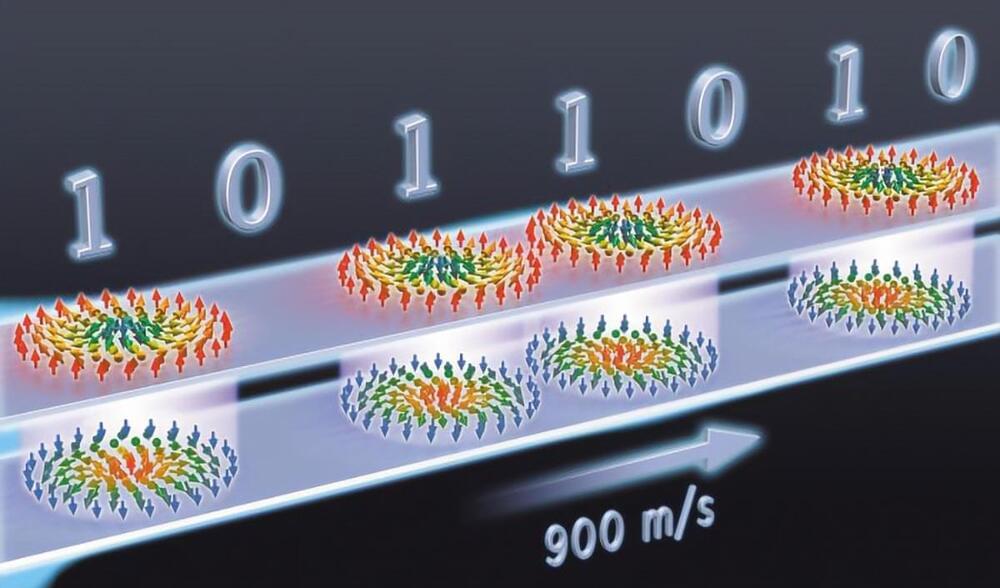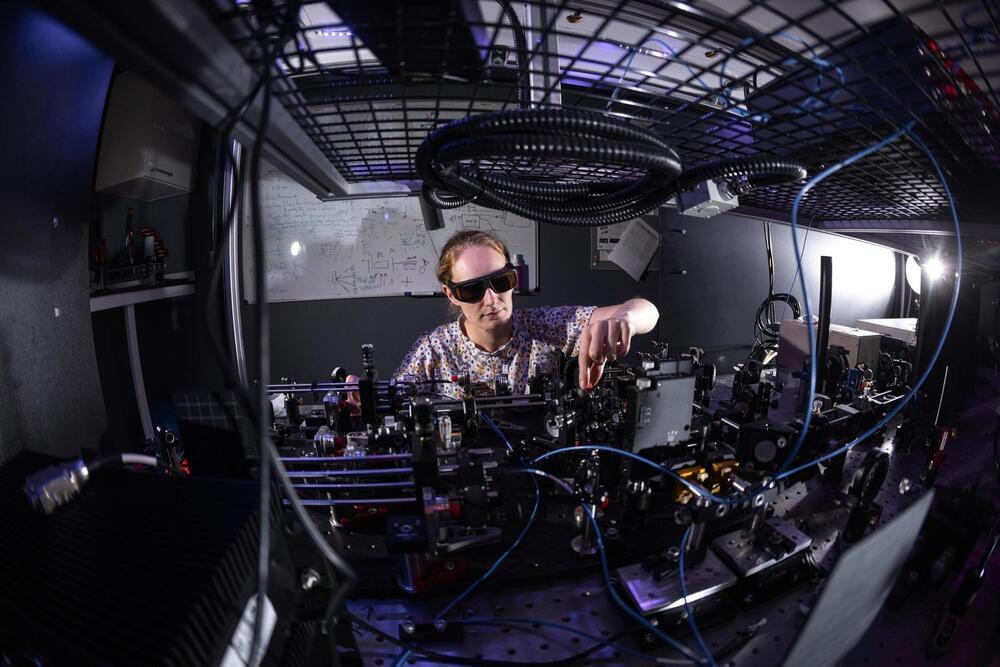The device, based on simple tetromino shapes, could determine the direction and distance of a radiation source, with fewer detector pixels.
The spread of radioactive isotopes from the Fukushima Daiichi Nuclear Power Plant in Japan in 2011 and the ongoing threat of a possible release of radiation from the Zaporizhzhia nuclear complex in the Ukrainian war zone have underscored the need for effective and reliable ways of detecting and monitoring radioactive isotopes. Less dramatically, everyday operations of nuclear reactors, mining and processing of uranium into fuel rods, and the disposal of spent nuclear fuel also require monitoring of radioisotope release.
Innovative Sensor Design Inspired by “Tetris”







